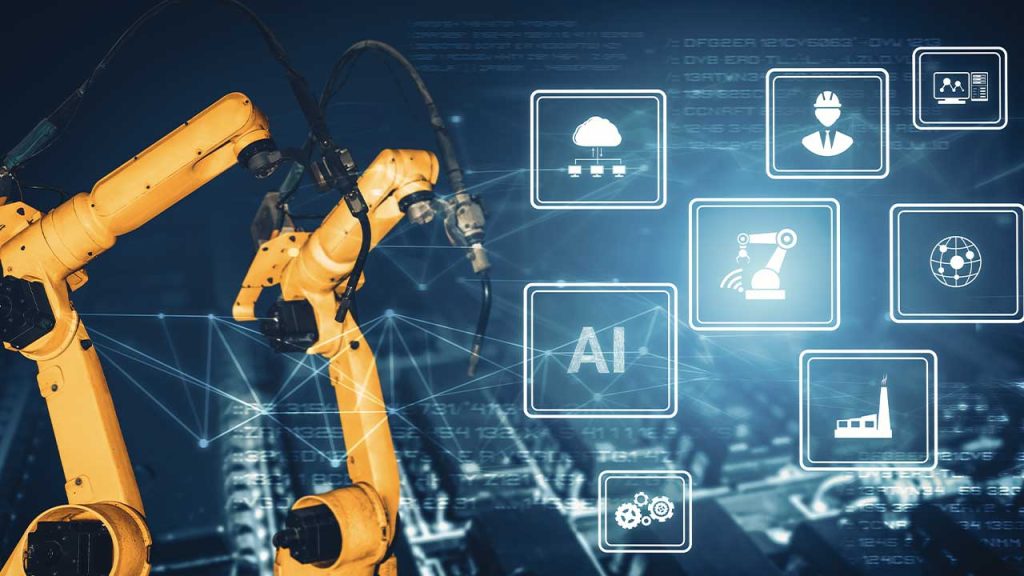IIoT and Agentic AI in Manufacturing: Audience Questions, Expert Answers
At the AI Frontiers event, the session “Agentic AI & Integrated Data Workflows: Extracting Value from Existing Manufacturing Systems” drew an engaged audience eager to probe real-world challenges. Their questions cut straight to the heart of manufacturers’ struggles with IIoT and agentic AI — from wrangling messy data to bridging IT/OT divides.
Here are five of the questions posed by the audience, along with expert responses from the panel.
Q1. If the majority of the work is cleaning and structuring the data, and it takes many loops of failure, how can manufacturers get past incorrect AI results and gain ROI in a reasonable timeframe? How to identify a high-value starting point?
Answer:
AI does not magically clean raw data. Success begins with liberating and standardizing existing data into machine-readable formats, while embedding governance upfront. To show ROI early, manufacturers should focus on low-risk, high-value use cases where AI can automate repetitive tasks — such as downtime classification, root cause analysis, or parsing logs and manuals. By treating AI outputs as draft inputs for human validation and embedding evaluation guardrails, companies reduce risk while still freeing engineers’ time.
Q2. With IIoT creating huge volumes of data, where do manufacturers still struggle most — collecting, cleaning, or actually using the data for decisions?
Answer:
Collection is no longer the primary hurdle. Manufacturers already gather vast amounts of data through MES, PLCs, and historians. The real struggle lies in contextualization — structuring and standardizing data so it becomes decision-ready. Without common semantics and integration across IT and OT, data remains locked in silos and fails to create value.
Q3. Can you talk about bringing together IT and OT data, event and time-series data, and IT and OT people and processes to create a full baseline even for a small use case?
Answer:
A layered approach works best: start by connecting raw data sources, then build a contextual layer with ontologies or knowledge graphs that unify IT and OT semantics. But technology alone is not enough. Even small use cases succeed only when IT and OT teams collaborate on processes and validation, ensuring human expertise complements AI.
Q4. What is the best architecture or infrastructure for AI in both greenfield and brownfield plants?
Answer:
Panelists highlighted a four-layer model as best practice:
- Connectivity: PLCs, SCADA, sensors.
- Data management & contextualization: Standard models, knowledge graphs.
- AI and analytics: Machine learning, statistical models.
- Agentic AI with human-in-the-loop.
Governance, observability, and security span all layers. In greenfield environments, this stack can be designed from scratch. In brownfield plants, interface classes and semantic models are critical to bridging legacy systems.
Q5. What’s the biggest barrier to actually extracting value from data today — technology, integration, or organizational readiness?
Answer:
While integration remains technically challenging, organizational readiness is just as critical. Without leadership sponsorship, operator trust, and cultural buy-in, even the best-designed systems struggle to scale. Adoption depends on positioning AI as an accelerator for people, not a replacement — empowering teams rather than threatening them.
The panel underscored that manufacturers must approach agentic AI not as a silver bullet but as a partner in continuous improvement. Early ROI comes from carefully chosen use cases, paired with robust data governance and strong cultural adoption.
Special thanks to Andrew Scheuermann (Arch Systems), Rajkumar Mylvaganan (ZF Group), Jonathan Wise (CESMII), and Vatsal Shah (Litmus) for addressing these questions during the session.



